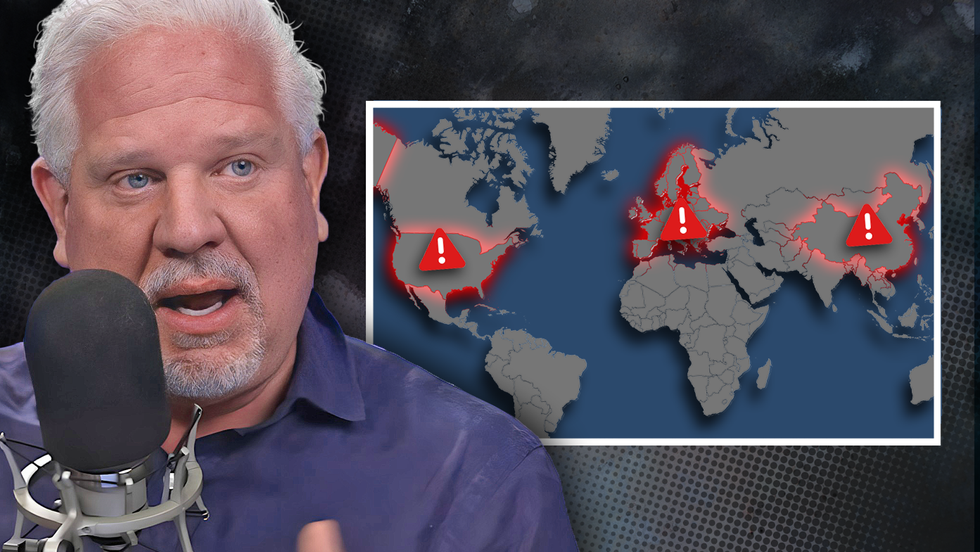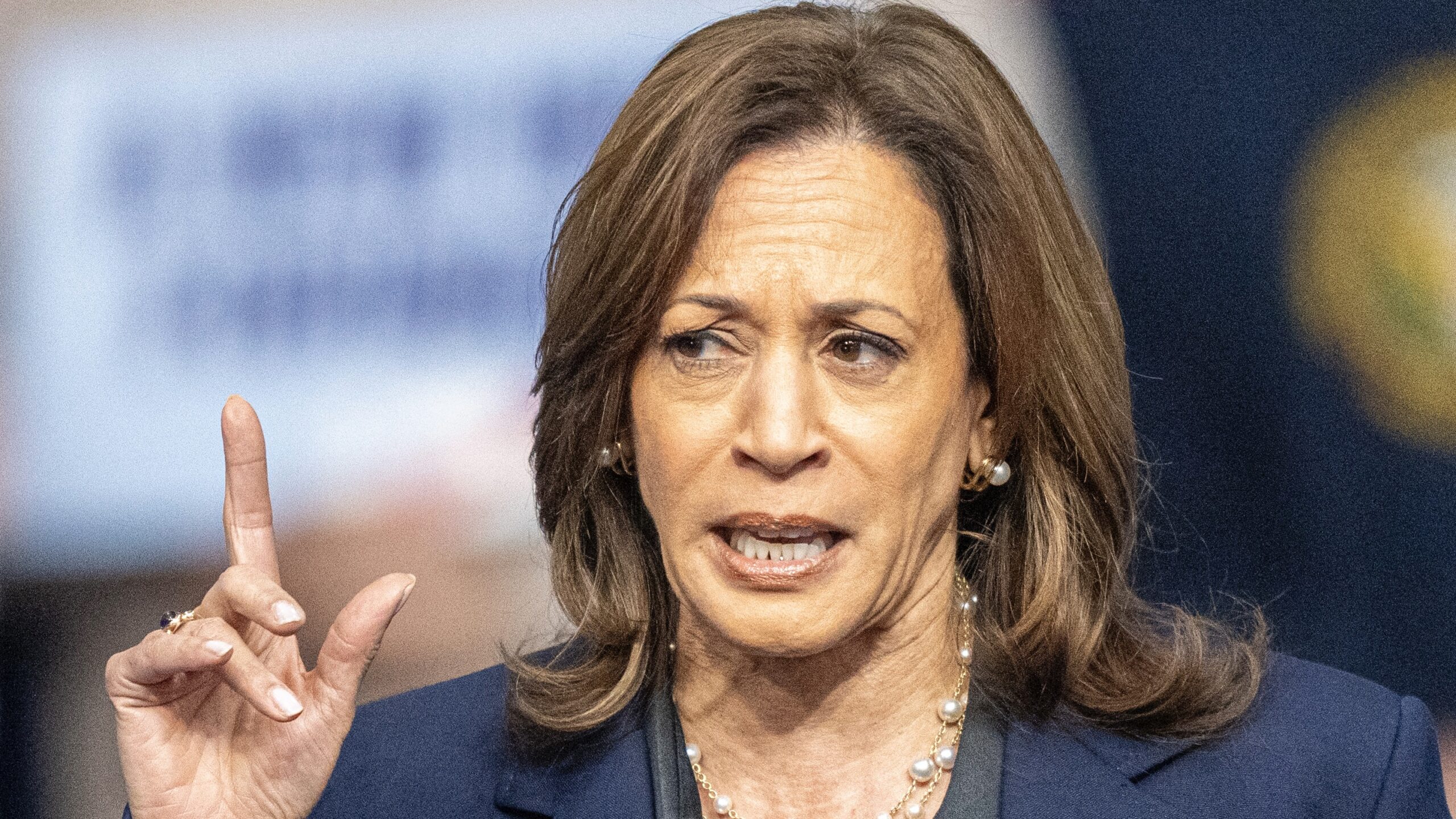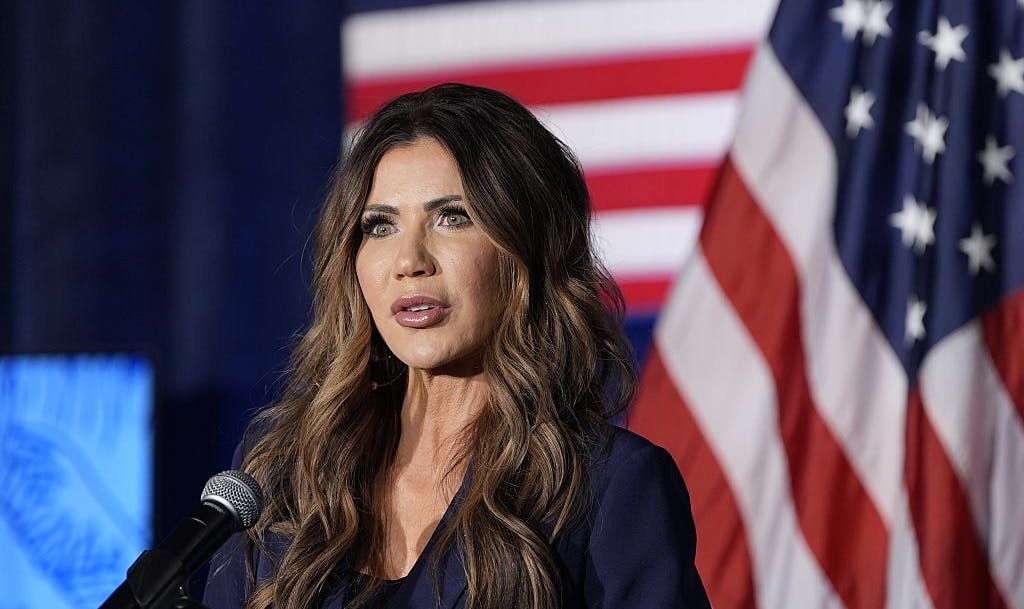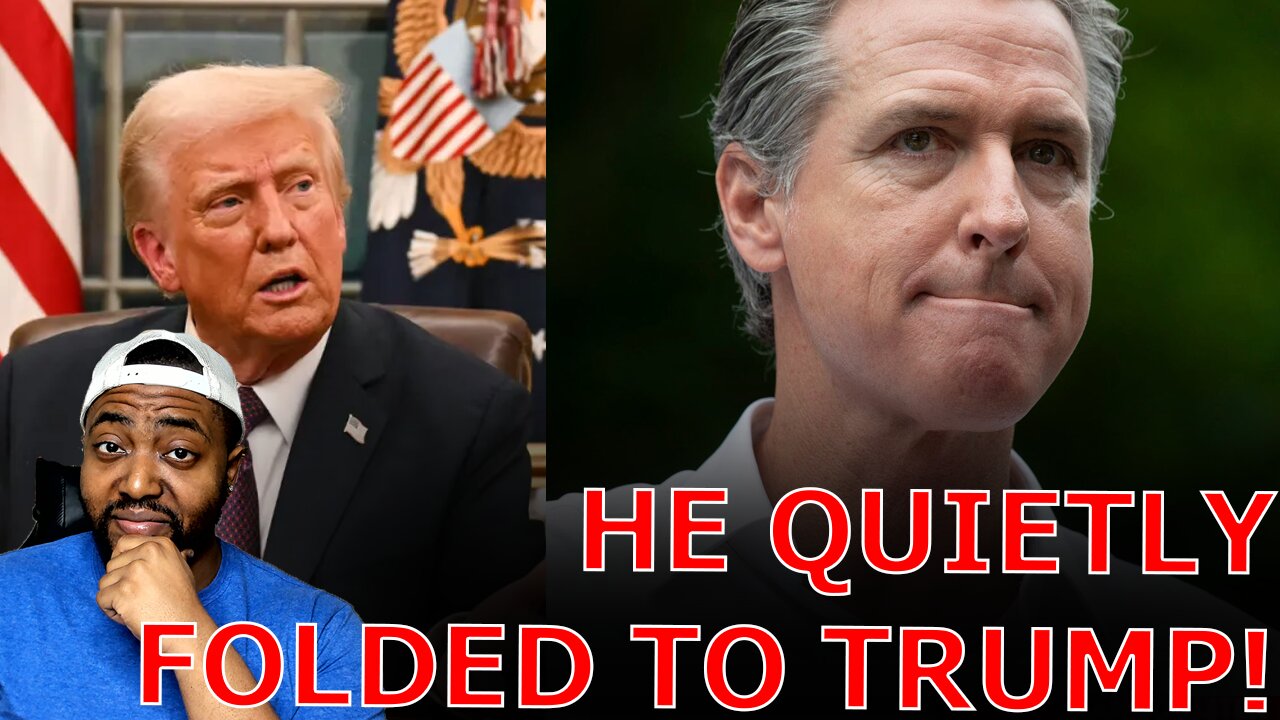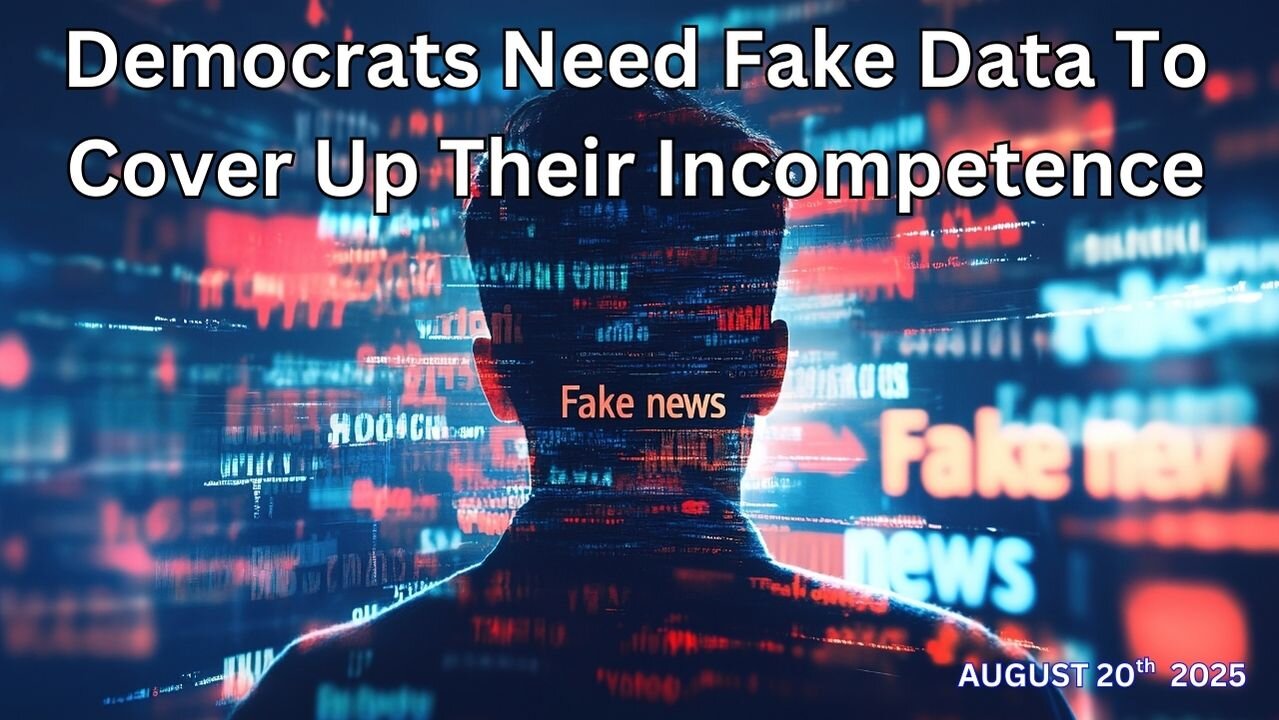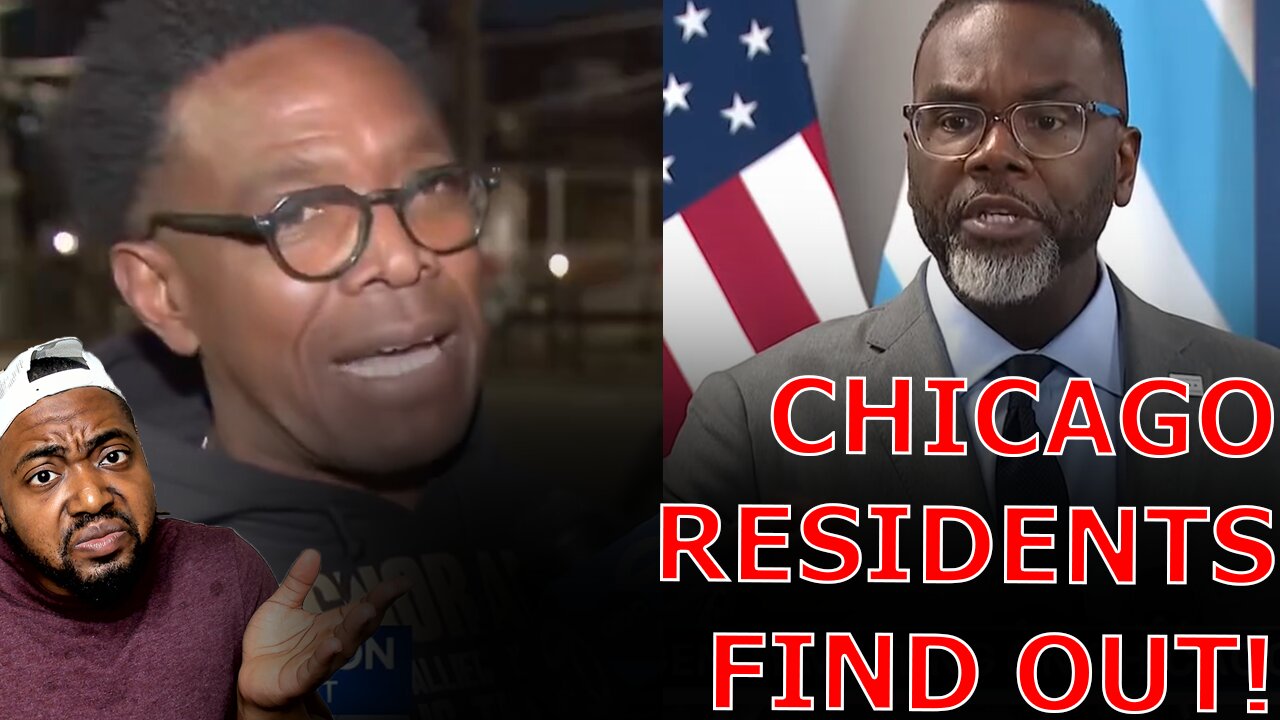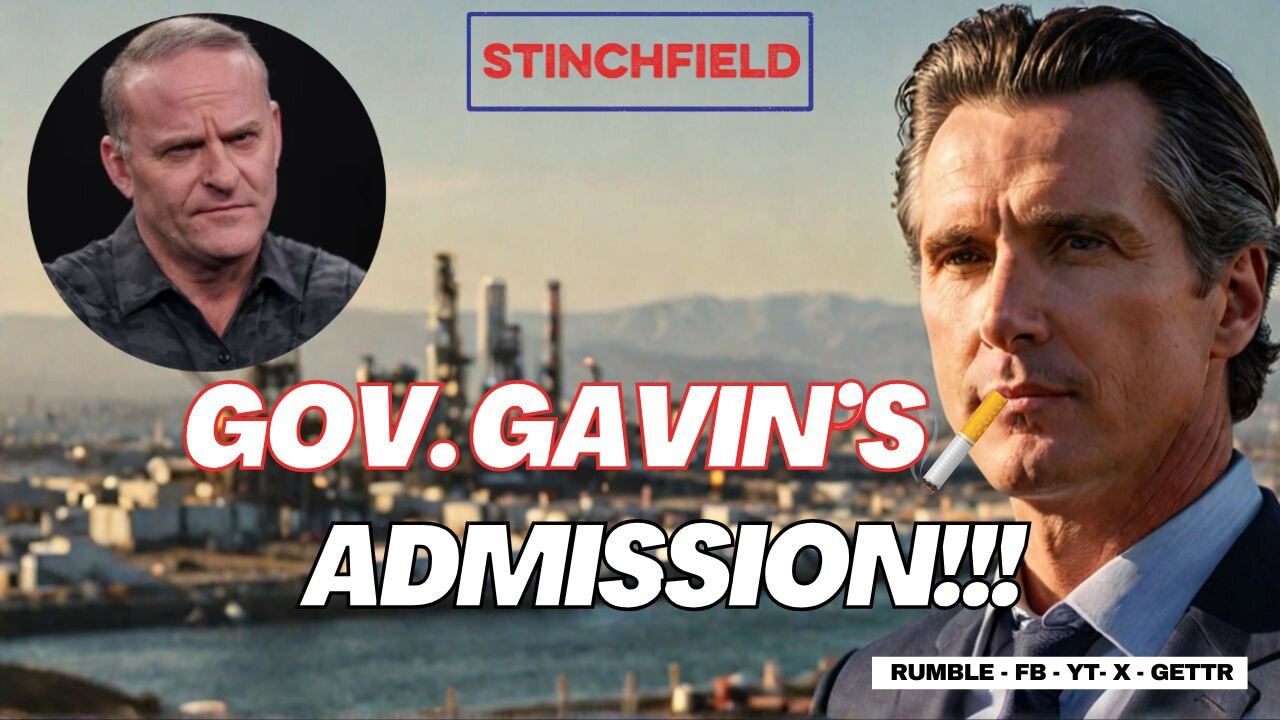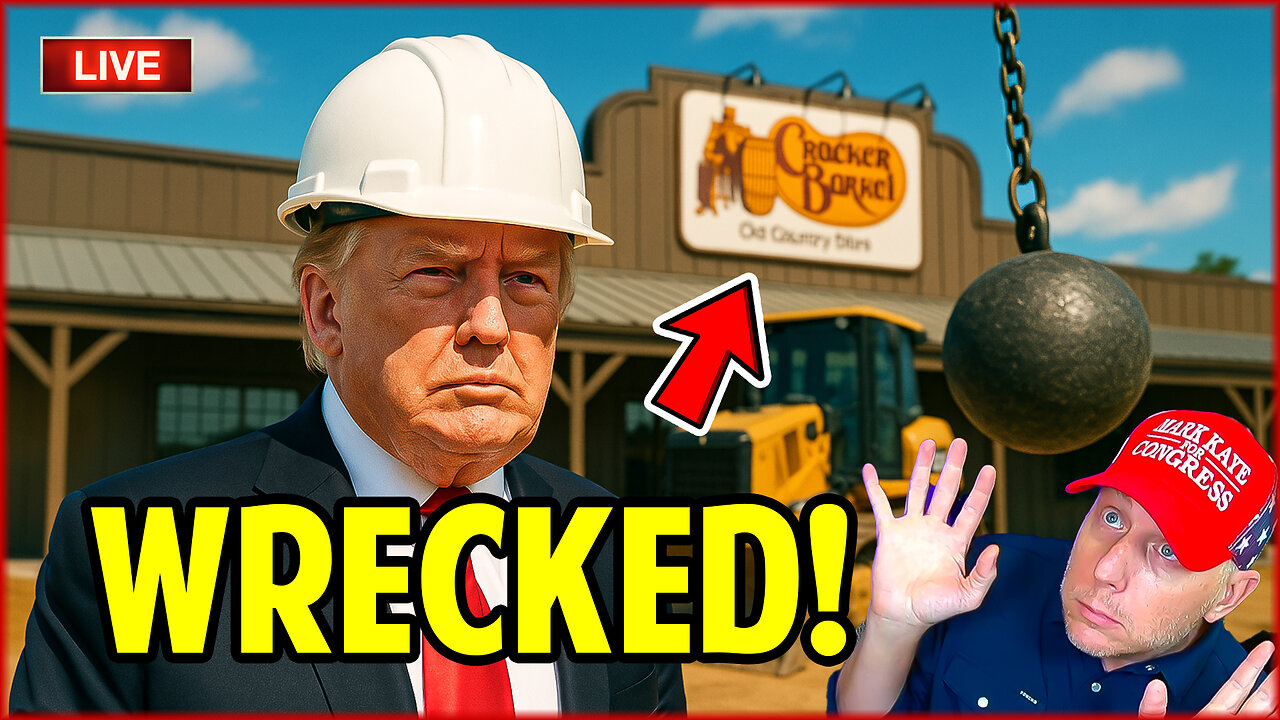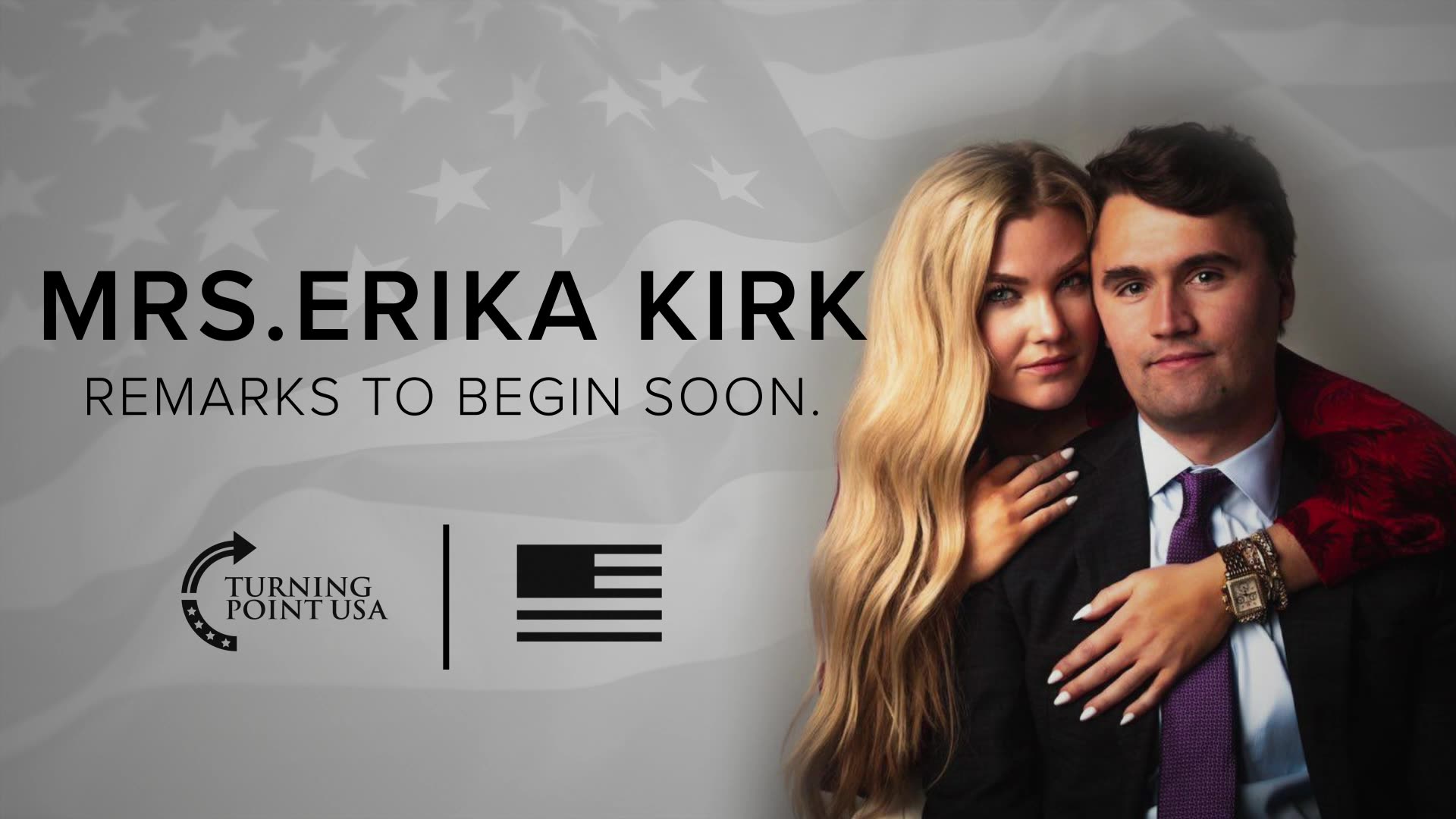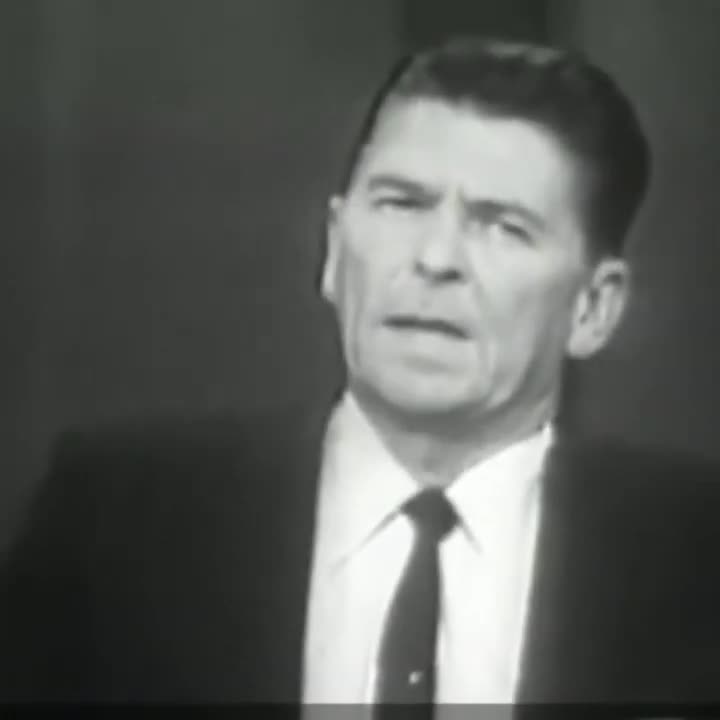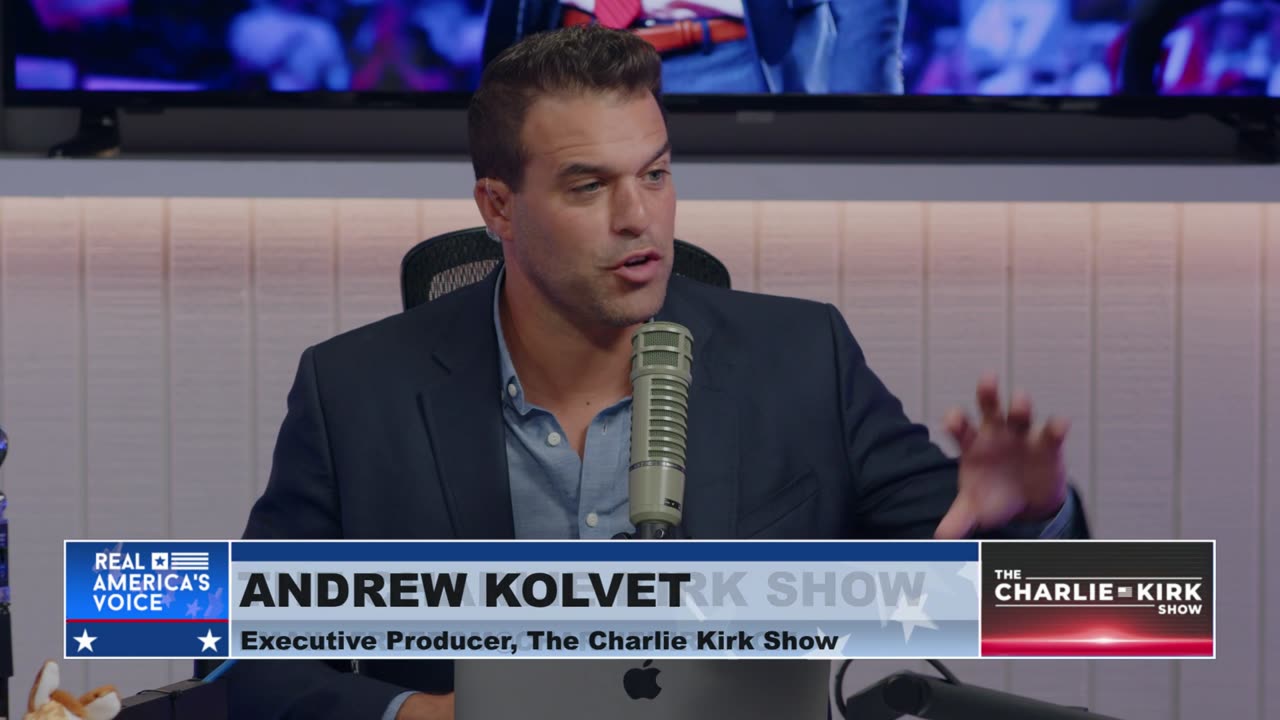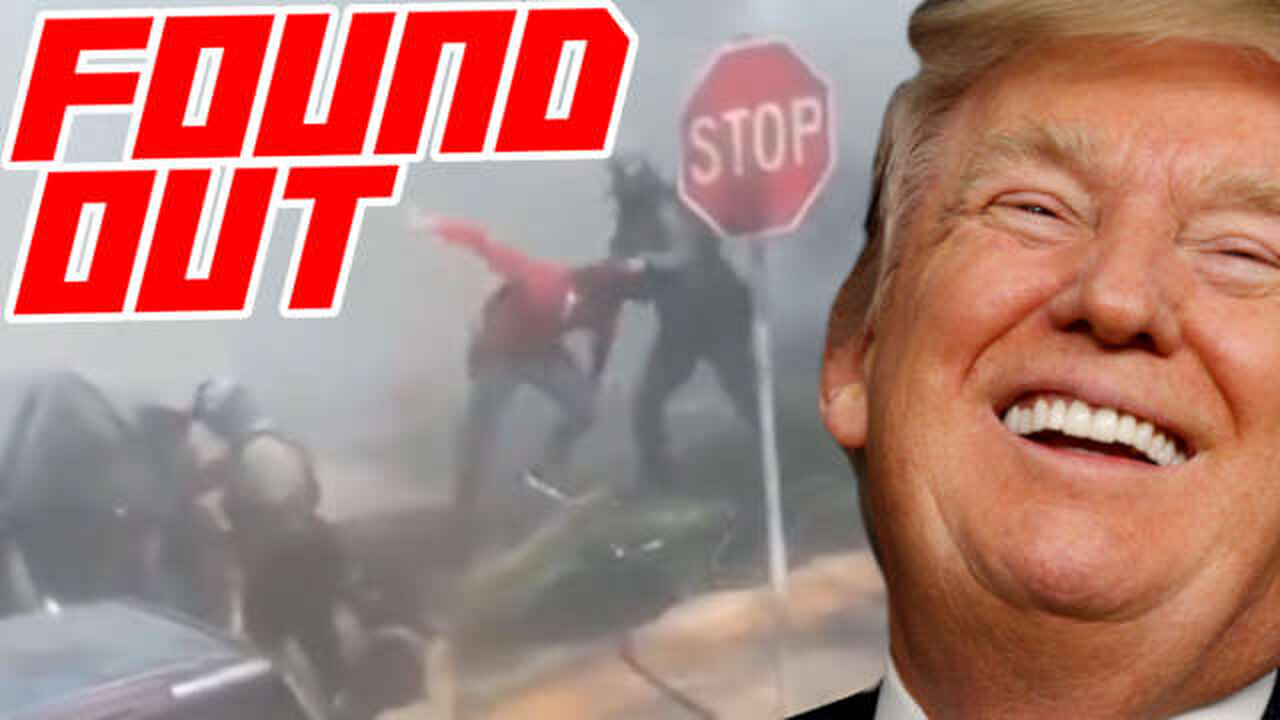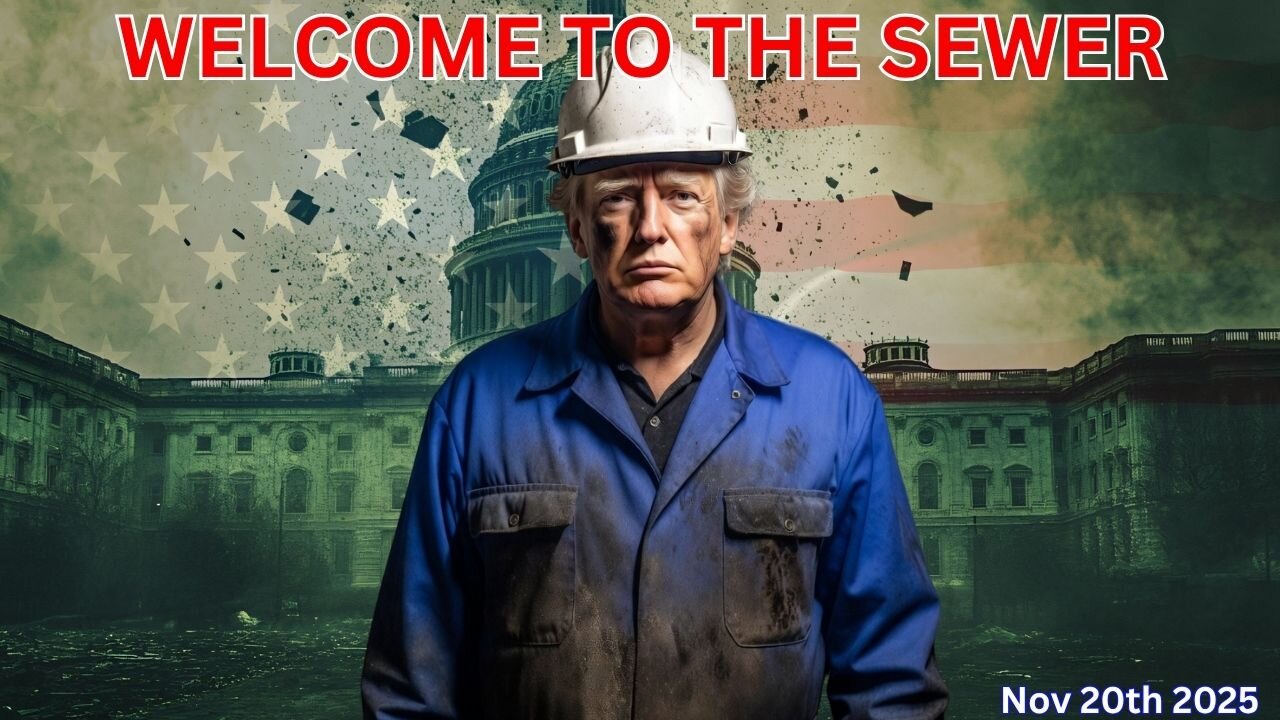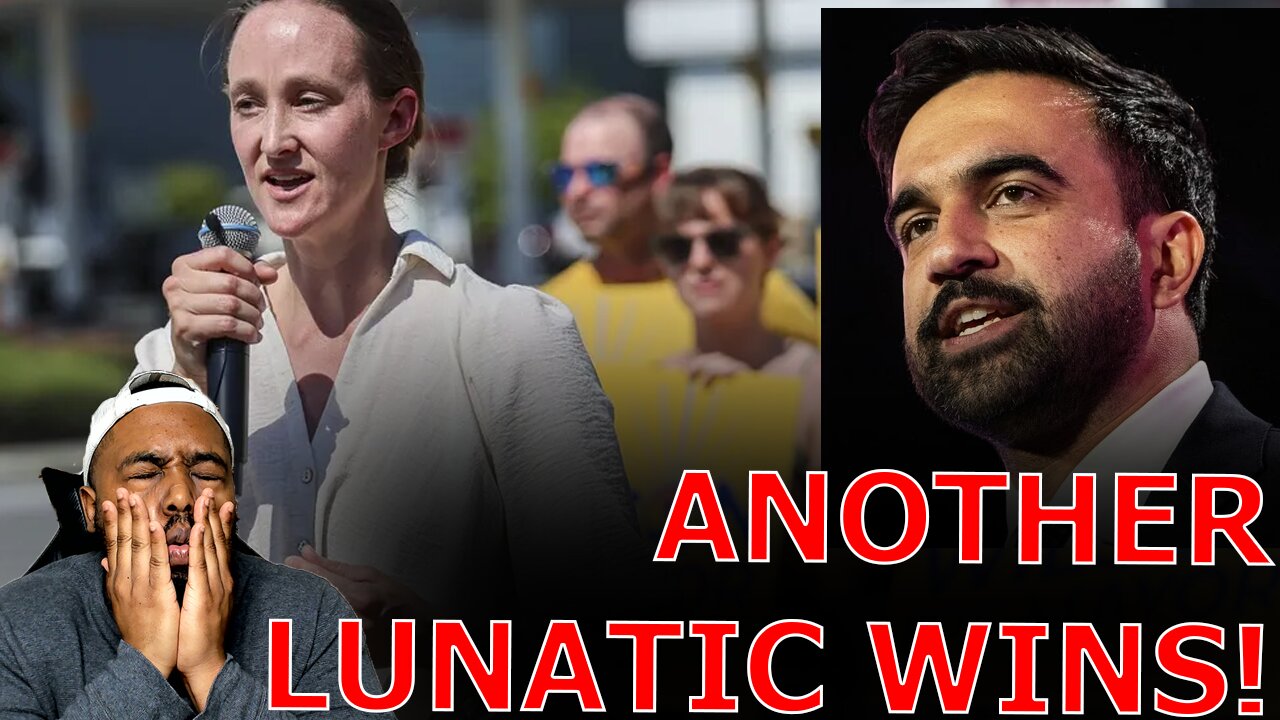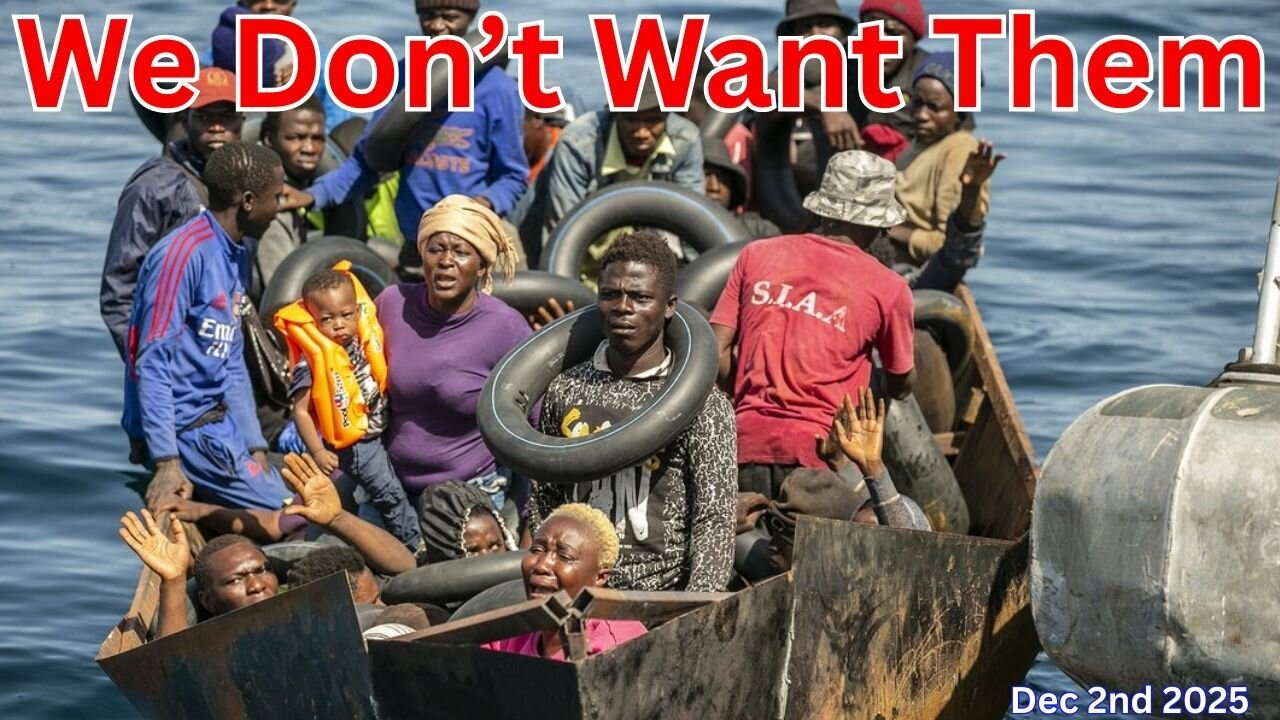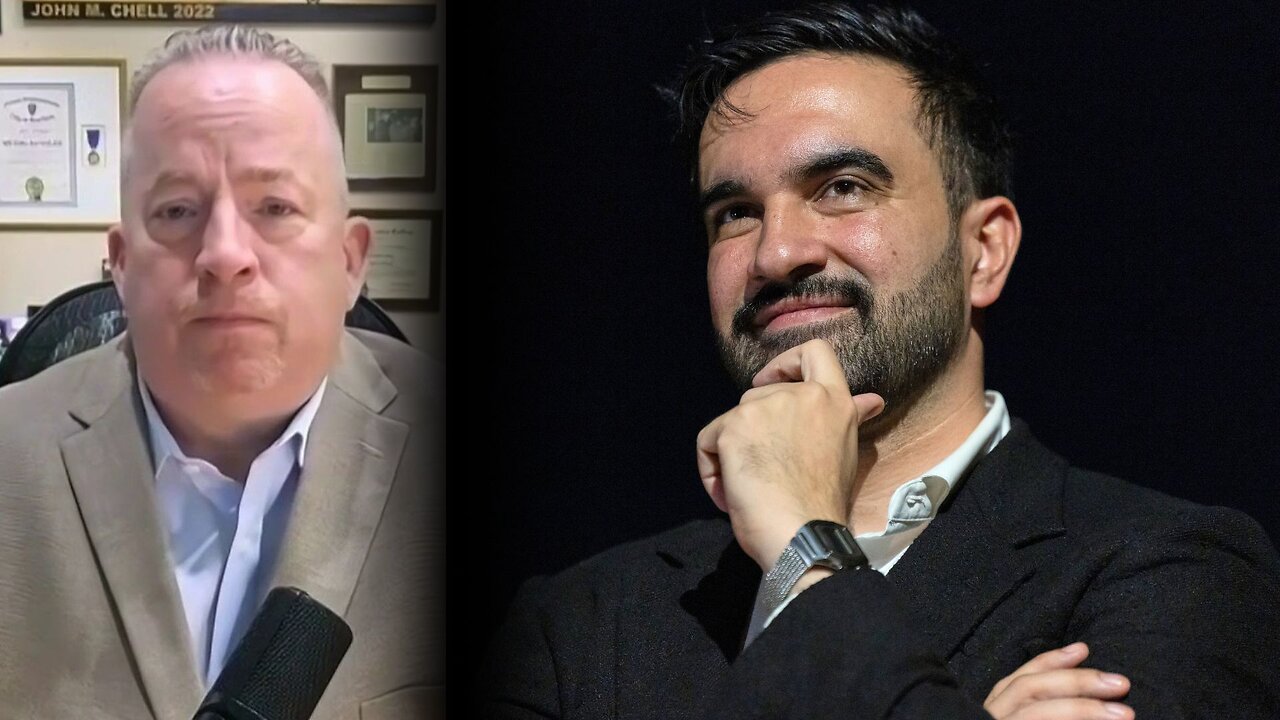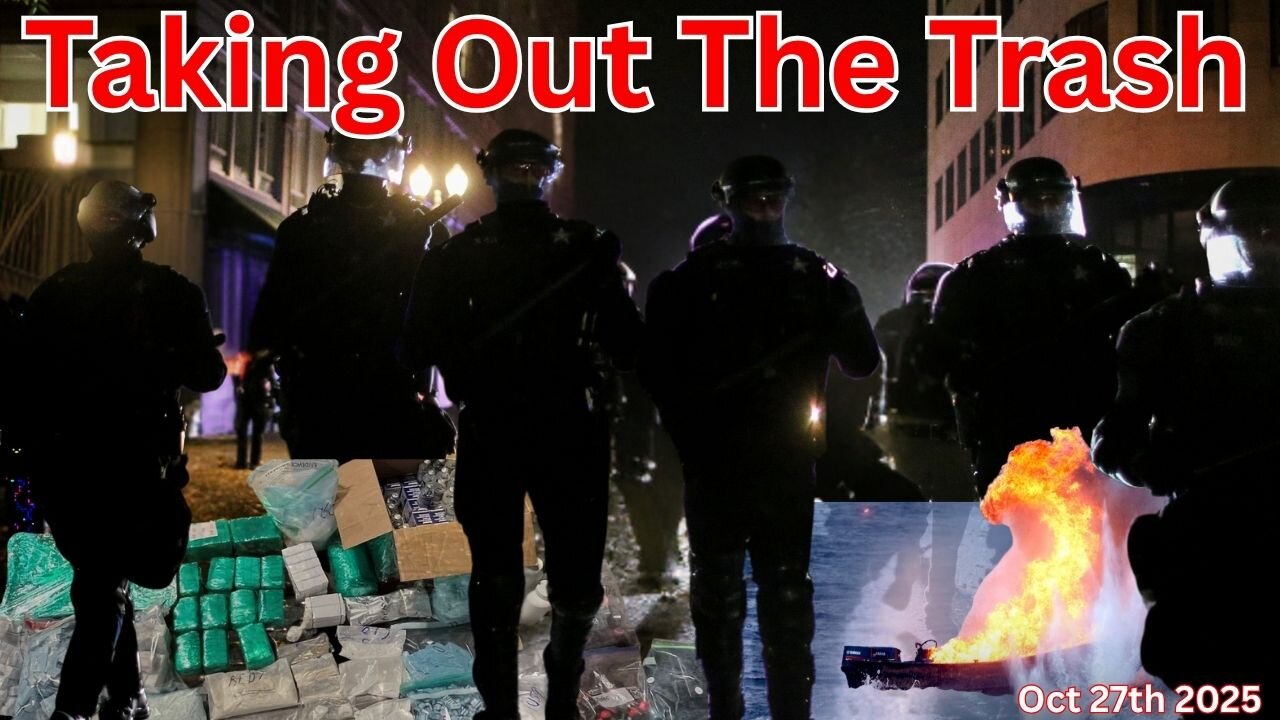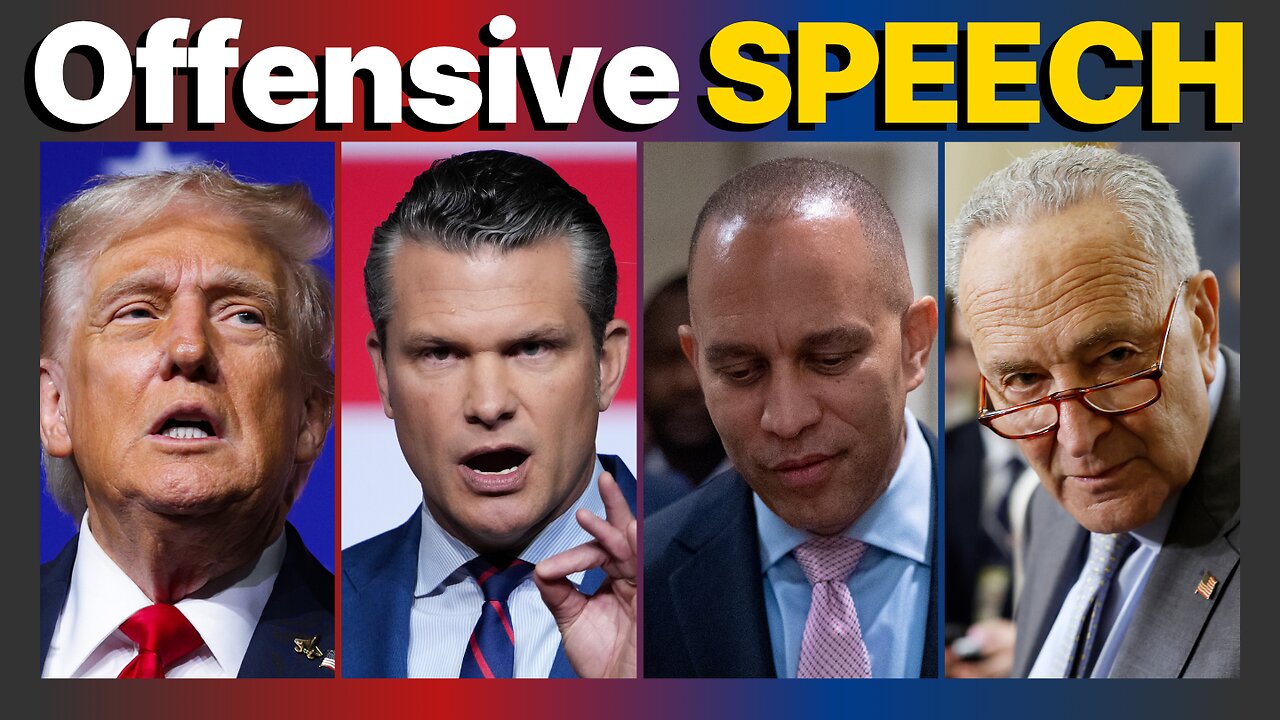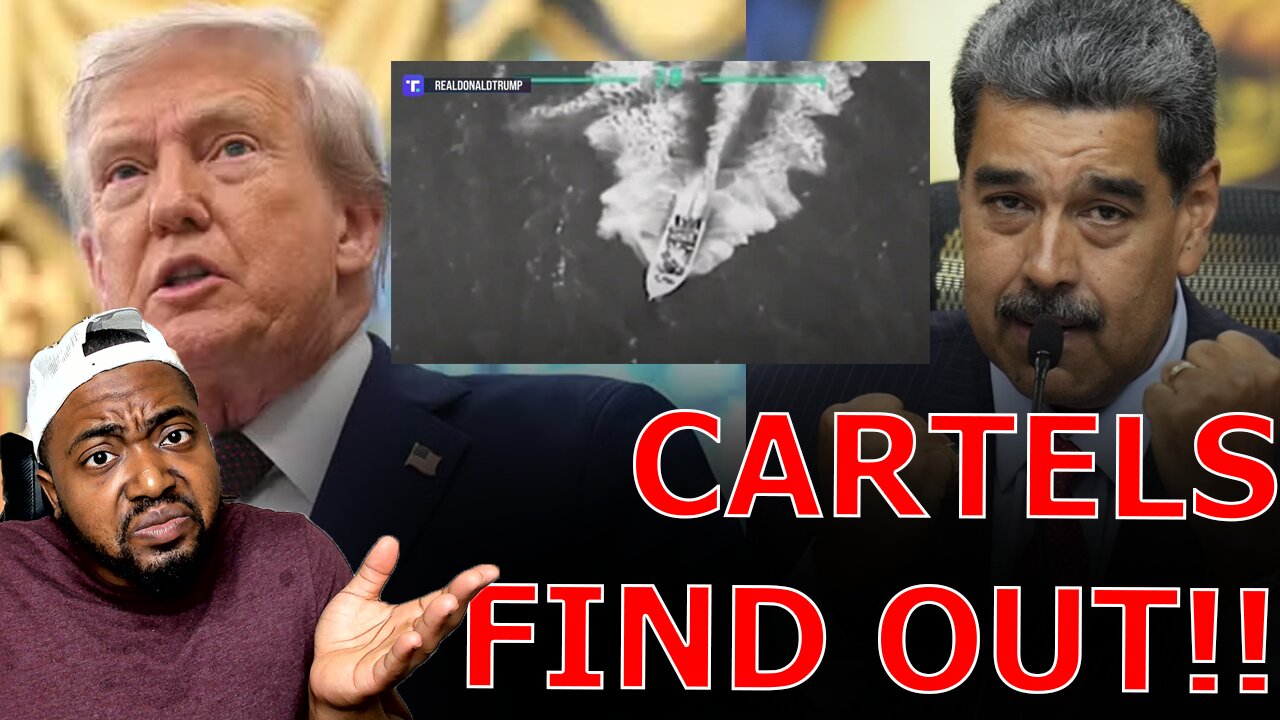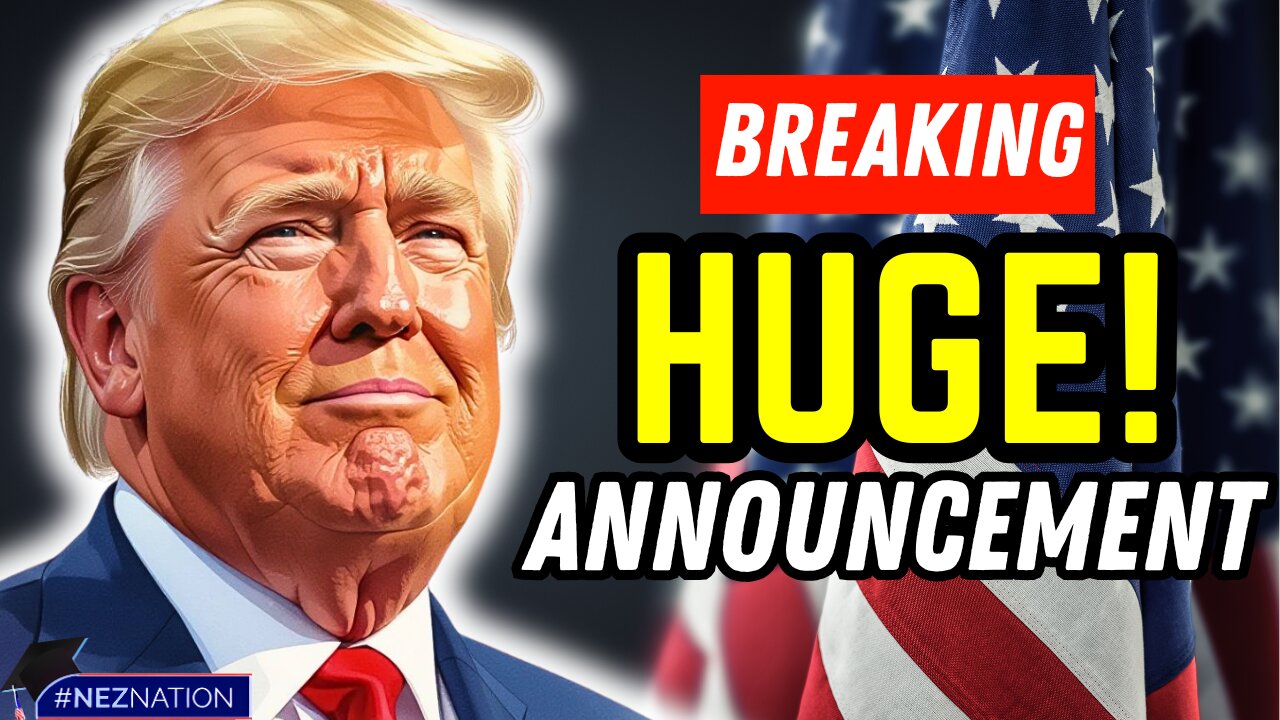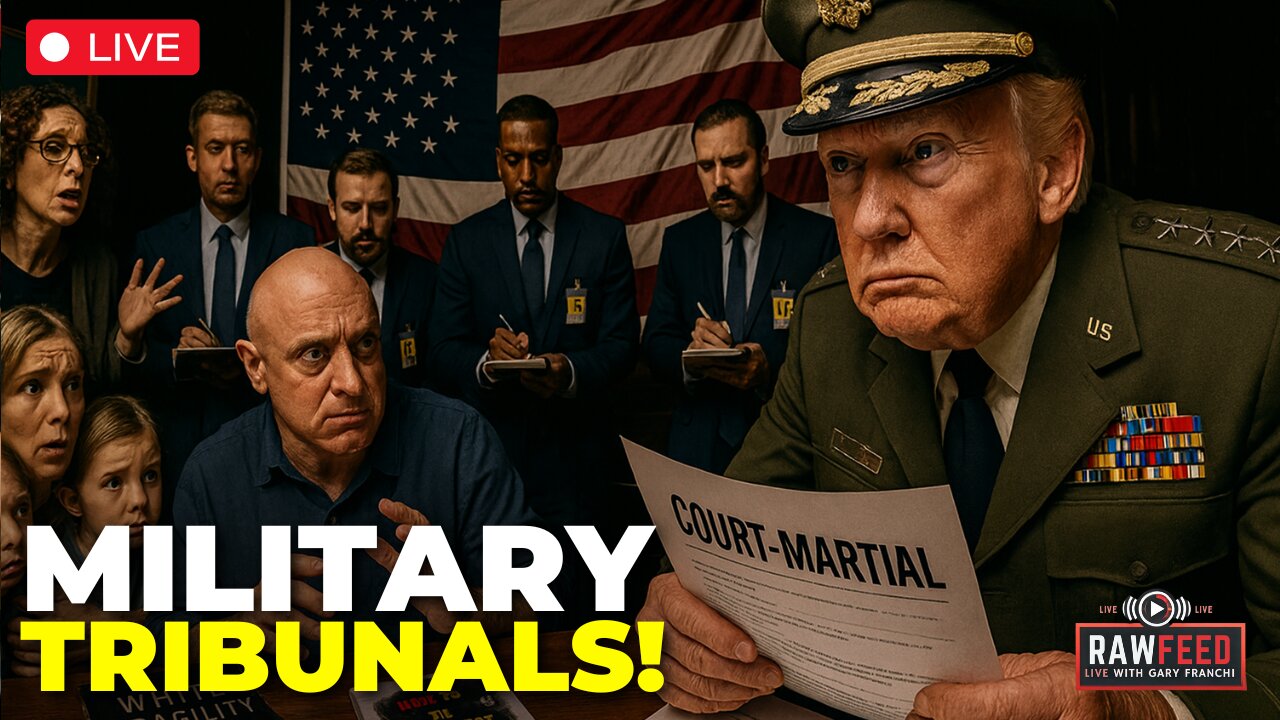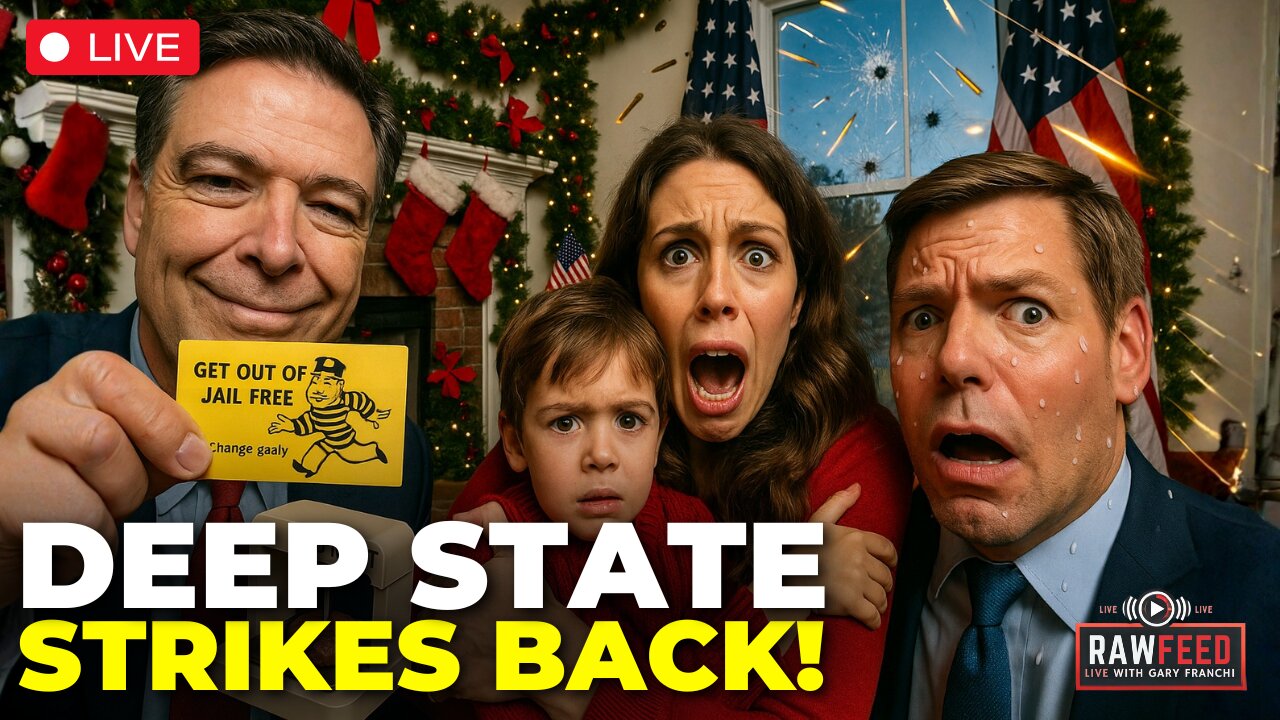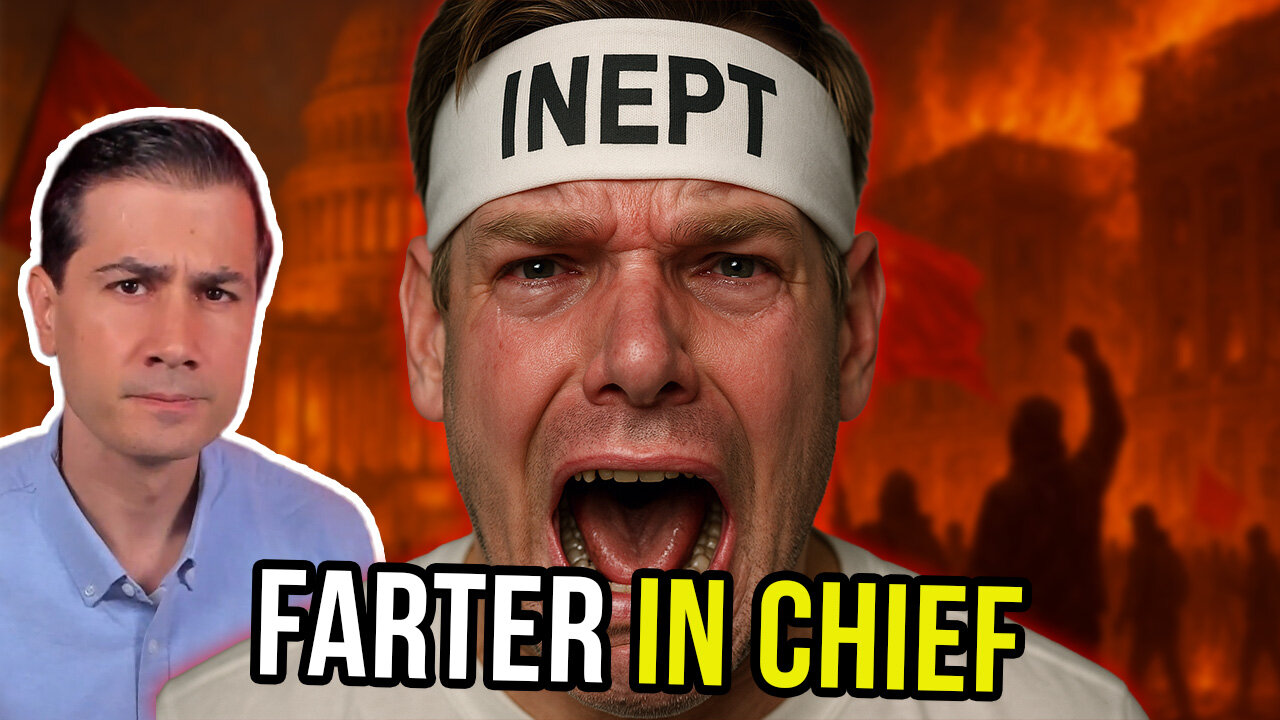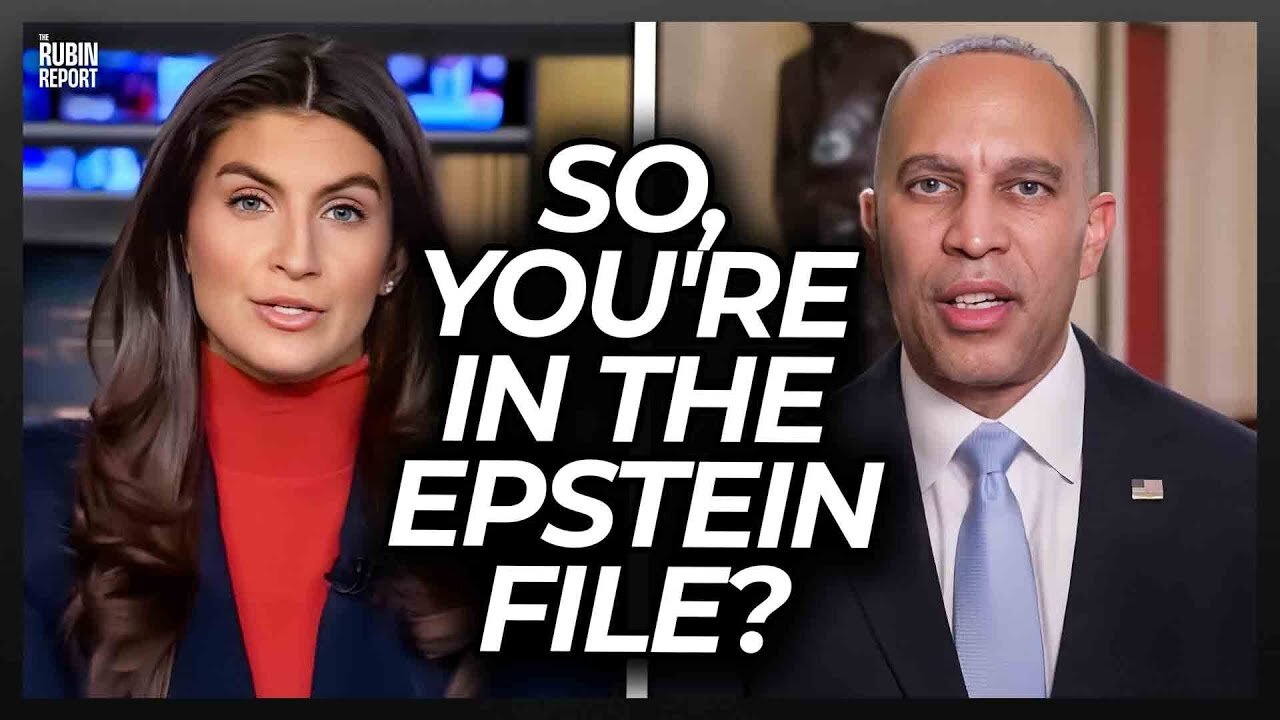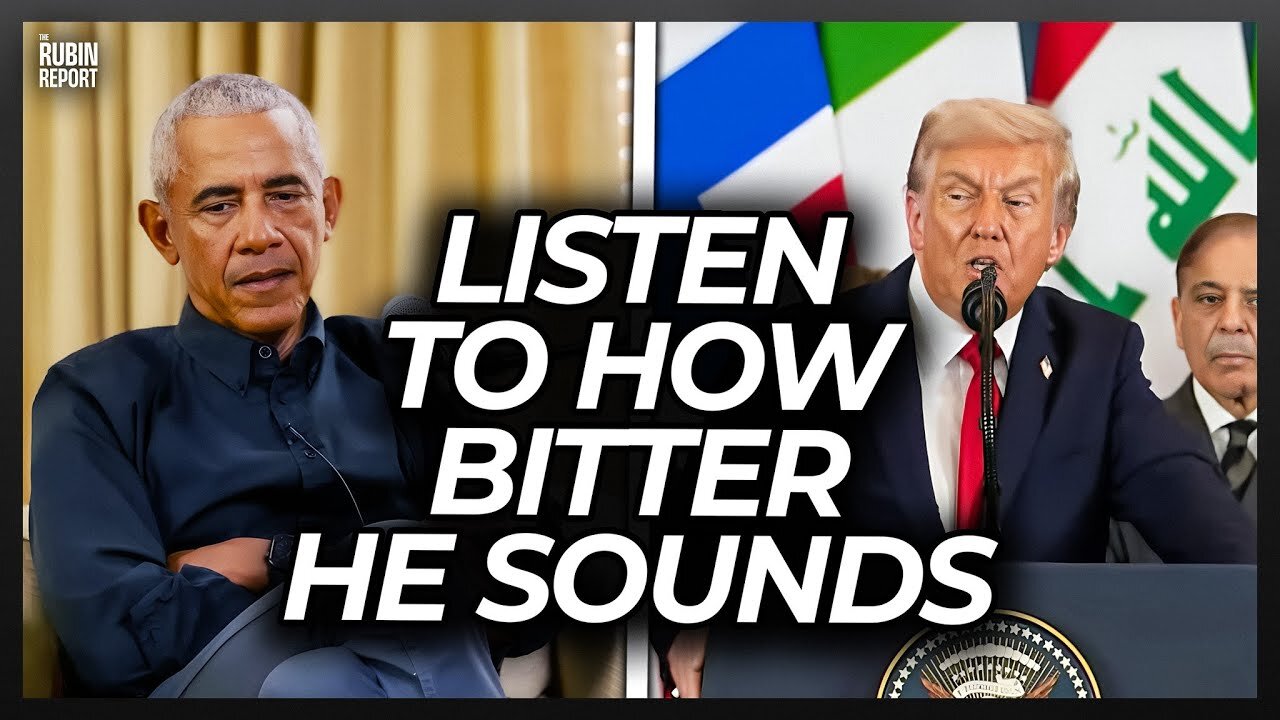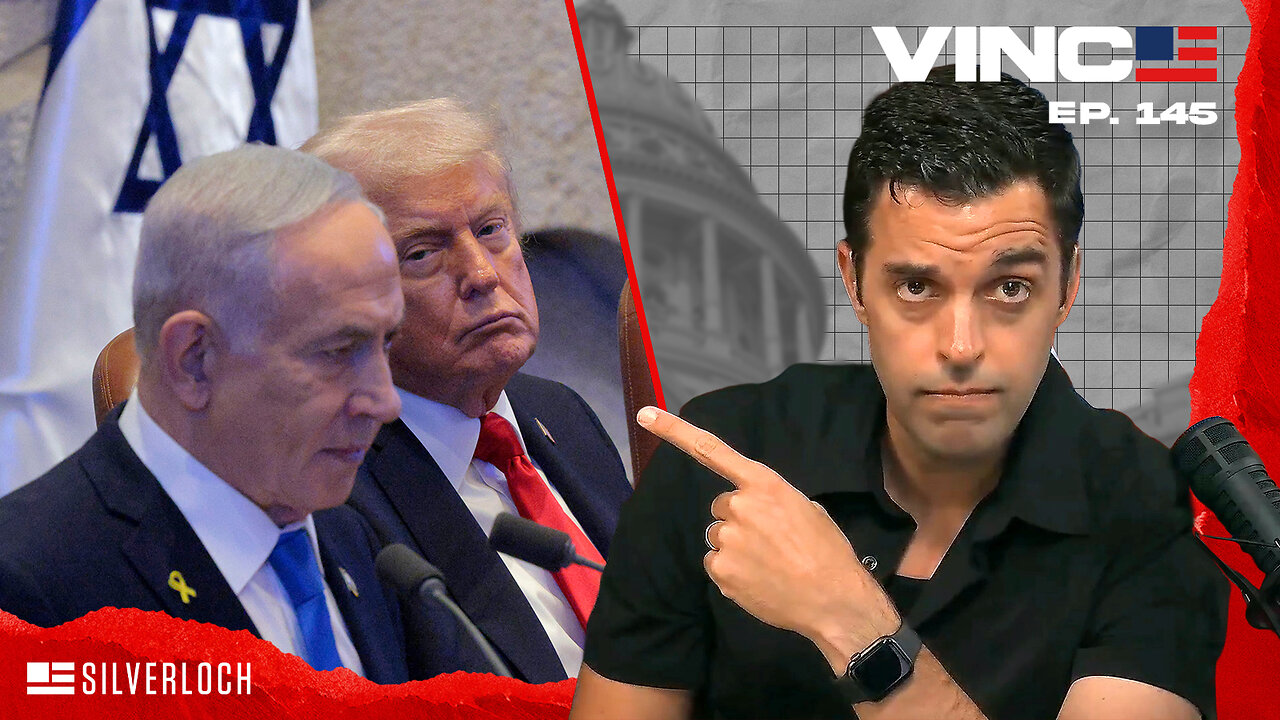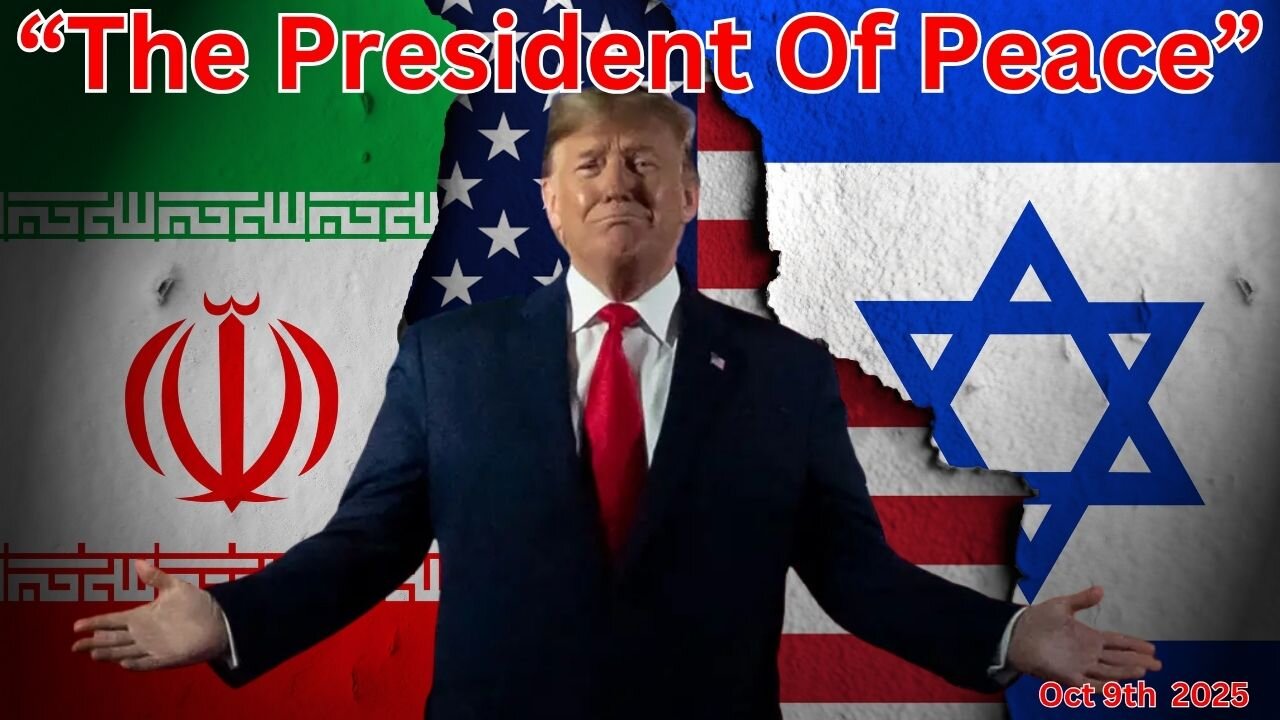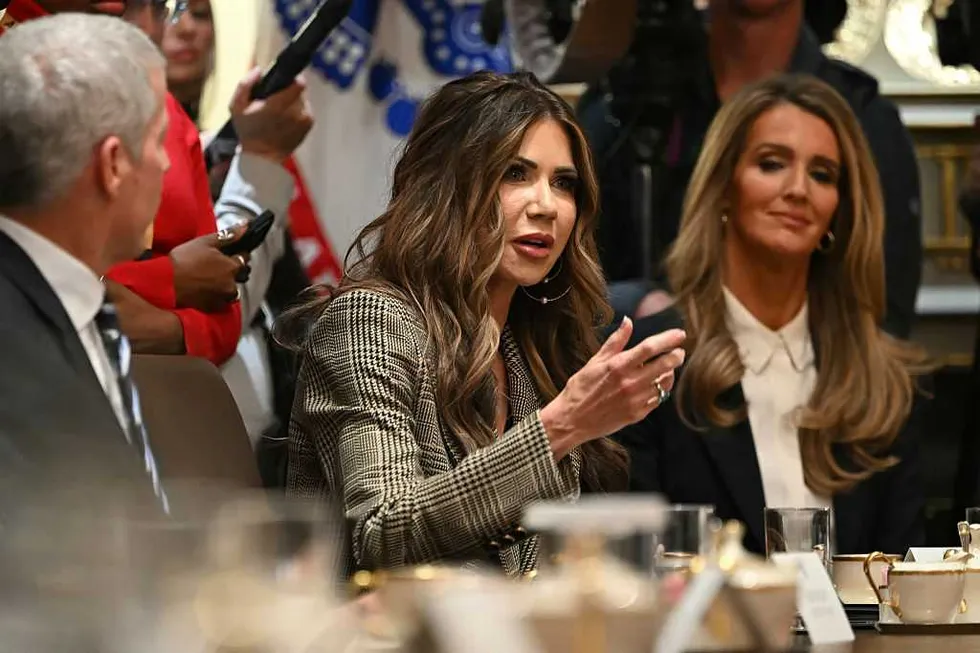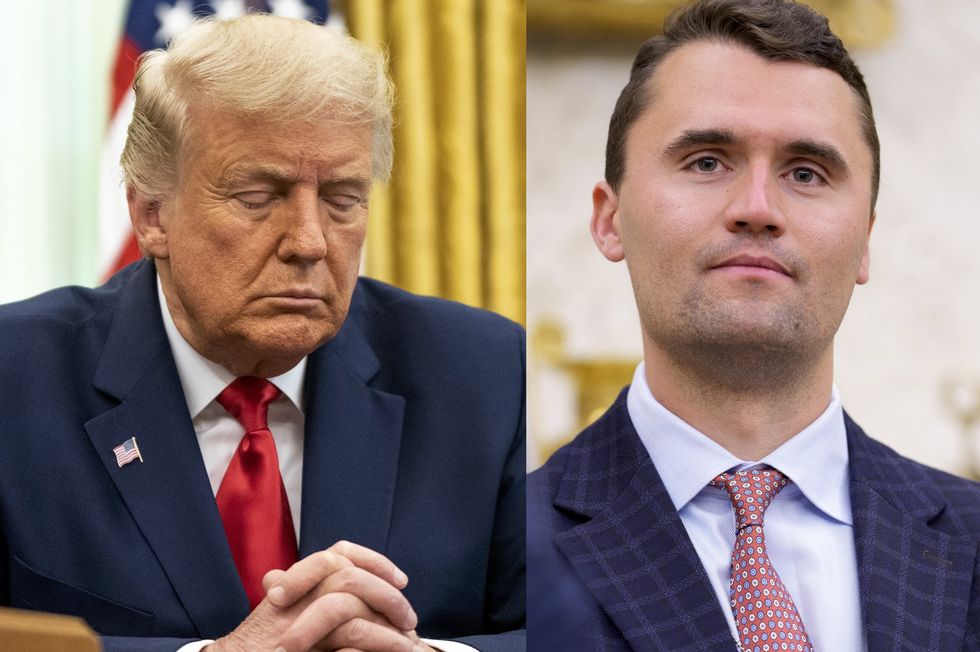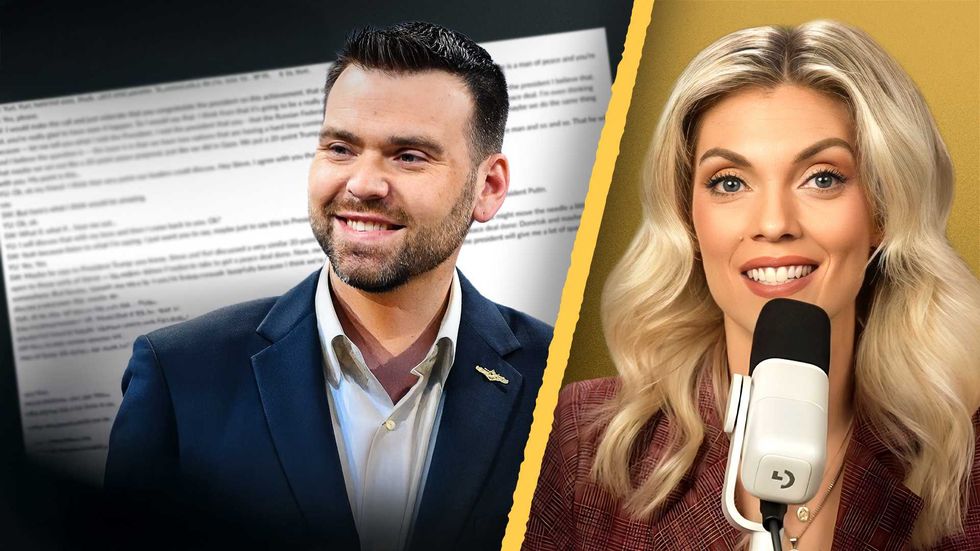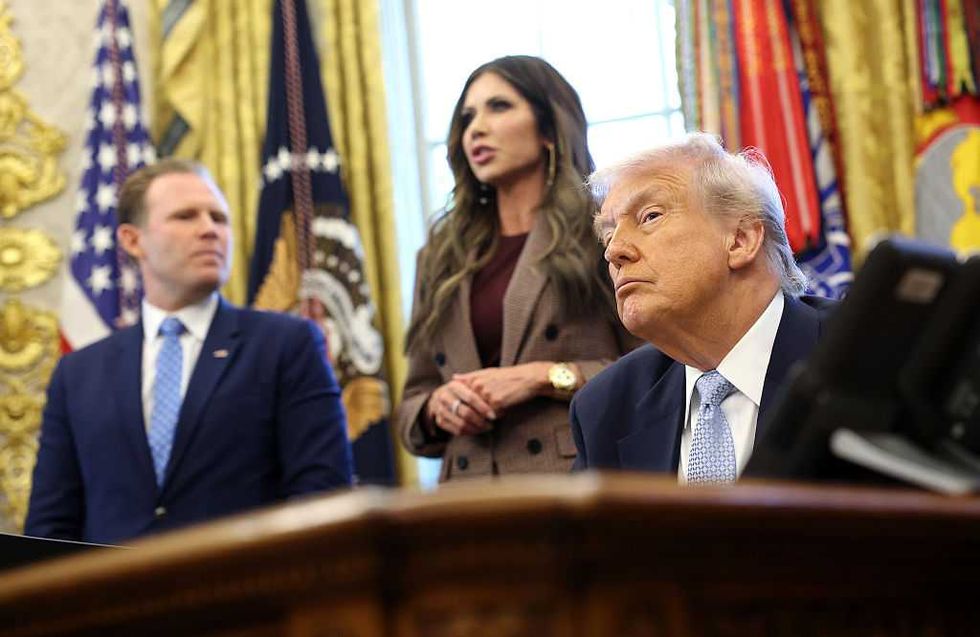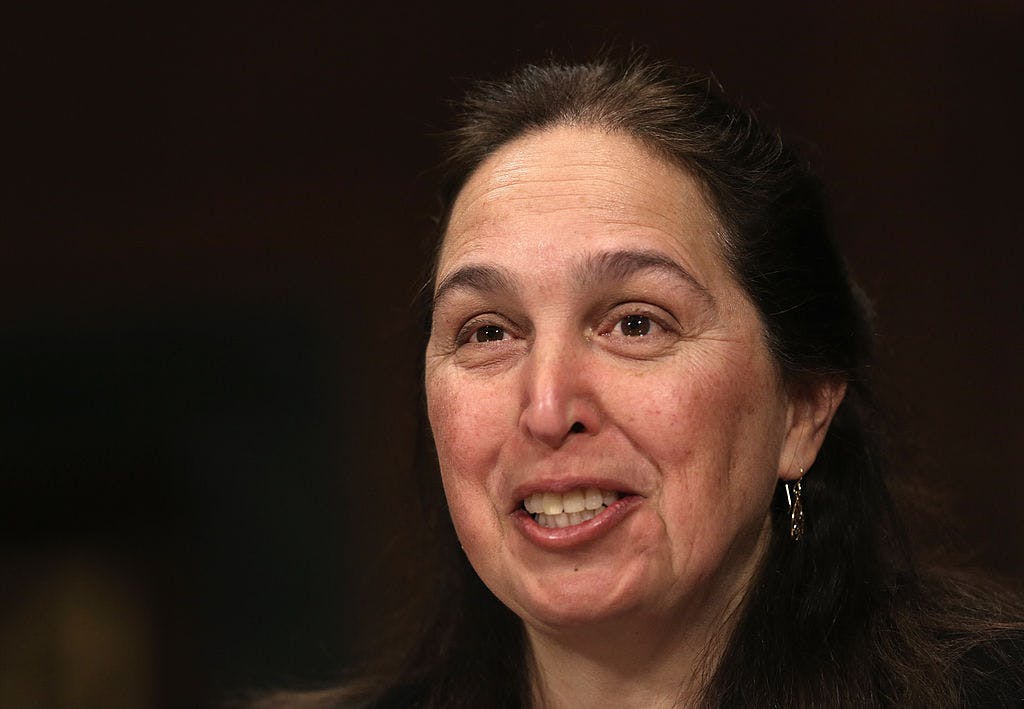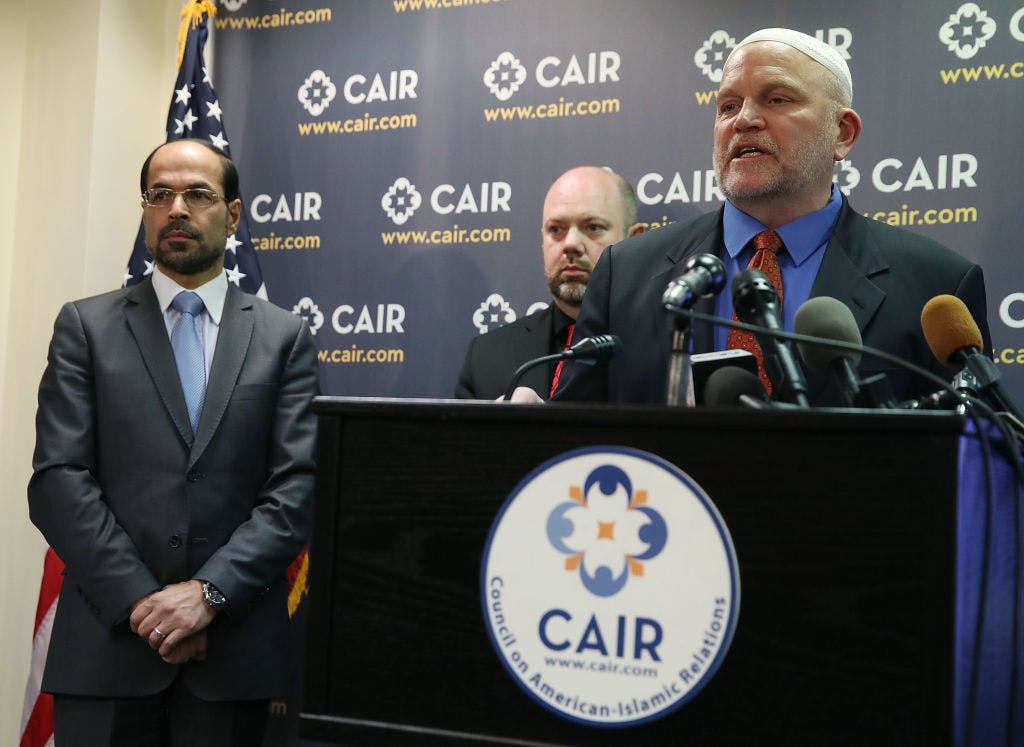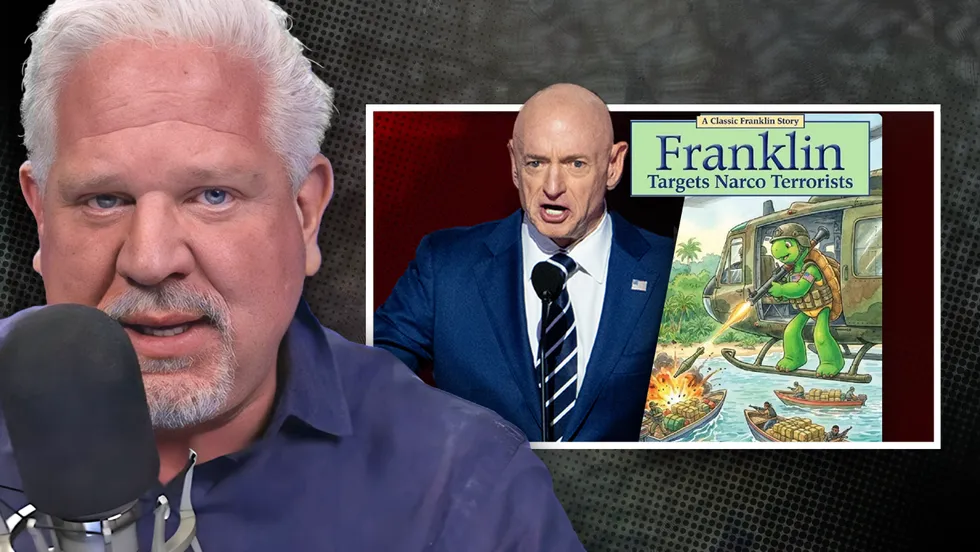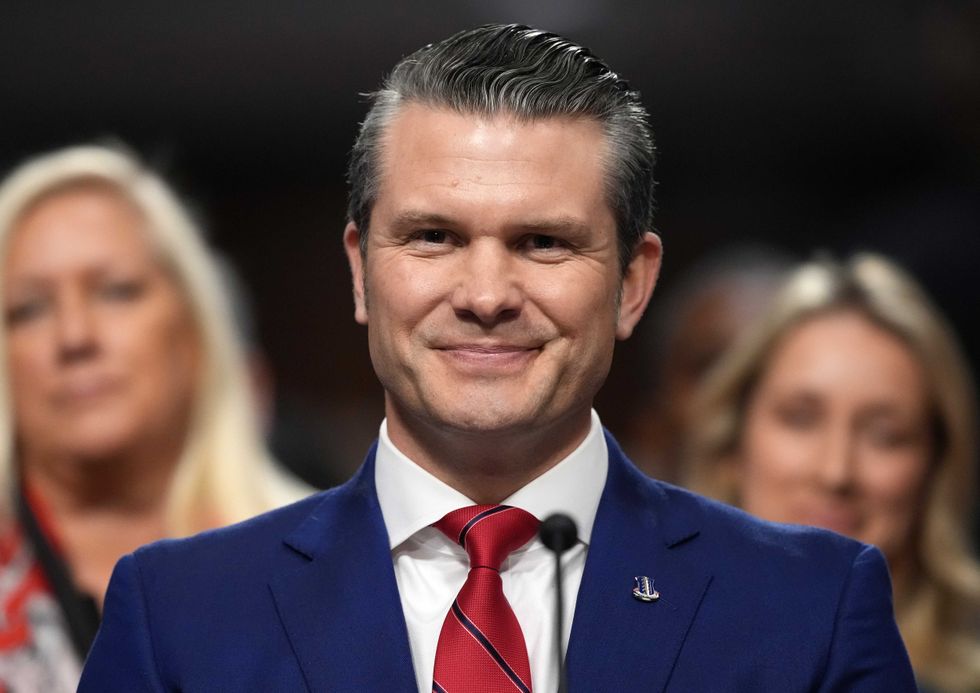How Indo-Pacific Allies Can Be ‘Model Allies’: Secretary Hegseth at Shangri-La

During his address at the Shangri-La Dialogue summit in Singapore May 31, Secretary of Defense Pete Hegseth touted Poland, the Baltic States, Israel, and the Gulf States as “model allies” of the United States.
The lack of any Indo-Pacific allies on the secretary’s list was notable, although not necessarily a slight against them, as some have speculated. In the same address, Hegseth also celebrated deepening defense ties with Japan, Australia, India, the Philippines and others.
Nevertheless, it was notable that the secretary name-checked European and Middle Eastern allies at an international conference focused on Indo-Pacific security affairs.
There are several key lessons regional partners can take away from Hegseth’s “model allies” speech.
First, Indo-Pacific allies and partners must spend more on defense.
Second, they must work toward a more equal alliance with the U.S., assuming greater responsibility. As the secretary noted in his speech, “An alliance cannot be ironclad if in reality or perception it is seen as one-sided.”
Third, Indo-Pacific allies and partners must bring new proposals to the table to deepen cooperation, not just in defense but in sectors that increasingly overlap with national security, including energy, technology, and economics.
Responsible defense spending is an essential element of being a model ally. In 2024, Poland spent more than 4% of its Gross Domestic Product on defense, the highest in NATO. America’s Baltic allies—Estonia, Latvia, and Lithuania—are not far behind, ranking among the top six defense spenders in NATO.
President Donald Trump appreciates allies who take their defense obligations seriously. “I’m very committed to Poland,” the president said in February. “I think Poland has really stepped up and done a great job for NATO. As you know, they paid more than they had to.” At the Shangri La Dialogue, Hegseth underscored the need for Indo-Pacific allies to “look to countries in Europe as a newfound example,” noting some NATO partners have committed to spending 5% of GDP on defense in the future.
While the U.S. does not have a formal alliance with Israel, the Trump administration views the Jewish State as a model ally that takes responsibility for its own security. Jerusalem has consistently handled regional security threats on its own and did not request direct U.S. intervention following the heinous terrorist attacks of Oct. 7, 2023. Meanwhile, U.S.-Israeli intelligence sharing and joint development of advanced military capabilities has over time brought clear benefits to the U.S.
Vice President JD Vance, then still an Ohio senator, articulated Israel’s importance to the U.S. in a 2024 address. He noted that Israel is “fundamentally self-sufficient,” unlike some European allies that are “completely dependent on us.” He also noted that collaborating with “one of the most dynamic and technologically advanced countries in the world” delivers concrete benefits to U.S. national security. The Israeli-developed Iron Beam system, he noted, will help the U.S. develop evermore effective missile defense capabilities.
In his Singapore remarks, Hegseth made clear that Indo-Pacific allies and partners must also become self-sufficient. “We want to empower you—as partners, not dependents—to work more capably with the United States.”
The Trump administration does not want U.S. alliances to resemble that of a hegemon and its dependents, instead pursuing something closer to an alliance among equals. Thus, Indo-Pacific allies and partners must strive to achieve greater self-sufficiency and more equitable burden-sharing arrangements with the U.S.
To that end, it is notable Trump chose the Middle East as the destination for his first overseas trip. During his visit, the president announced investment agreements with Saudi Arabia, Qatar, and the United Arab Emirates worth more than $2 trillion for projects in defense, aviation, and artificial intelligence. These deals should bolster the U.S. defense industrial base with substantial new orders of U.S. military hardware while injecting new funding into the U.S. tech sector developing AI, quantum, and other dual-use capabilities.
These deals demonstrate that the Trump administration is receptive to allies and partners who bring ambitious proposals that deliver concrete economic and technological benefits to this country. Japan’s recent effort to renegotiate Nippon Steel’s acquisition of U.S. Steel into a better deal for American workers was a great start.
In Singapore, Hegseth emphasized that “America First certainly does not mean America Alone.” He iterated that the United States will increasingly shift focus to the Indo-Pacific and find new ways to deepen defense ties with Indo-Pacific allies and partners, explaining:
Ultimately, a strong, resolute, and capable network of allies and partners is our key strategic advantage. China envies what we have together. And it sees what we can collectively bring to bear on defense. But it’s up to all of us to ensure that we live up to that potential by investing. … I urge all our allies and partners to seize this moment with us. Our defense spending must reflect the dangers and threats that we face today. Because deterrence doesn’t come on the cheap, just ask the American taxpayer.America’s back in the Indo-Pacific, and now is the time for our Indo-Pacific allies to step up. We need more model allies.
We publish a variety of perspectives. Nothing written here is to be construed as representing the views of The Daily Signal.
The post How Indo-Pacific Allies Can Be ‘Model Allies’: Secretary Hegseth at Shangri-La appeared first on The Daily Signal.
Originally Published at Daily Wire, Daily Signal, or The Blaze
What's Your Reaction?
 Like
0
Like
0
 Dislike
0
Dislike
0
 Love
0
Love
0
 Funny
0
Funny
0
 Angry
0
Angry
0
 Sad
0
Sad
0
 Wow
0
Wow
0
